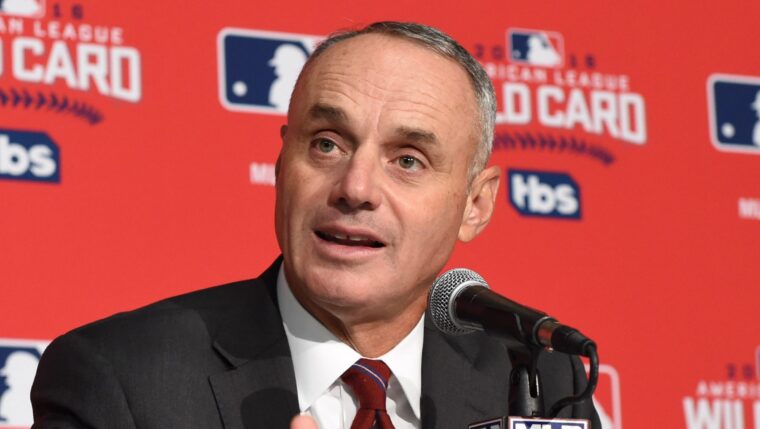
Baseball fans are still getting used to larger bases, pitch clocks, pitching rubber disengagement limitations, and shift restrictions. Some of us are still adjusting to the designated hitter in the National League. However, there may be more Major League Baseball rule changes on the horizon. The Atlantic League, the laboratory where these ideas are tested, is getting ready to try out three more modifications to baseball’s rules beginning on April 28.
Designated Pinch Runner
In a move directly out of Sunday morning softball, The Atlantic League will experiment with the idea of a “designated pinch runner” this season. This player will be someone who is not in the starting lineup, and can be substituted at any point during the game, including re-entry. The concept is consistent with the current push in MLB to encourage more stolen bases as a way to instill more action.
The idea of having a stolen base specialist on the roster is not new. The Oakland Athletics of the mid-1970s used Herb Washington in this capacity. In 1974, Washington had no plate appearances, yet he stole 29 bases and scored 29 runs in 92 games. Last year, the Mets employed Terrance Gore late in the season, and this year they have Tim Locastro, who has just 10 plate appearances (seven at-bats) but also has four stolen bases.
The idea of a player coming in and out of the game would be a new twist, something MLB has not allowed to this point (other than recently in spring training for pitchers). Would there be roster expansion to allow for this running specialist? Might teams think about having a runner as their 26th player, rather than a player more suited to pinch-hitting? Time will tell if this idea even makes it to MLB.
One Disengagement From The Rubber Per at-Bat
If larger bases and a limit of two disengagements per at-bat (and possibly a designated runner) were not enough to encourage stolen bases, how about limiting pitcher disengagements to one per at-bat? That’s what will be tried out in the Atlantic League this summer.
So far, the rules in place are working to make stolen bases a bigger part of the game. Through April 16, MLB teams had stolen 347 bases, which works out to a per-game pace of .735 over the 472 completed thus far. That’s only about 10% of the 4,860 games the 30 MLB teams will play by season’s end, but it means a current projected pace of 3,572 stolen bases in 2023. The only season in MLB history during which teams stole more bags was in 1987, when there were 3,585 all totaled.
Limiting disengagements to one per at-bat will almost certainly increase stolen bases. At what point would MLB see diminishing returns with increasing stolen bases? There has to be a marker where the rule changes and their associated disruption of the game (not to mention the assault on the record books) will outweigh any increased action. Whether or not that threshold would be crossed remains to be seen, if the one disengagement rule ever comes to fruition.
The Double Hook Rule
As defined by Brittany Ghiroli in The Athletic, the Double Hook Rule reads as follows:
The “Double Hook” allows teams to use a DH throughout the game on the condition that the starting pitcher completes at least five innings. If the starter doesn’t pitch through the fifth ending, the team cannot use its DH for the rest of the game.
This rule was used in the Atlantic League in 2021 and 2022, and modified in the latter year. The objective of this one is a little less clear. Of course, keeping the starting pitcher in the game can save time (i.e. pace of play) by limiting mound visits and pitching changes. However, if a starter is ineffective and the manager chooses to leave him in longer to avoid losing the DH, this could result in more games becoming out-of-reach and less competitive. How would that make the game more interesting?
If a team does lose its DH, then it will have to empty its bench sooner to avoid having the pitcher bat, which could mean fewer reserve players later in the game for a possible late-inning comeback. Further, pitchers may try to pitch through discomfort to help the team by going five innings, and this may result in more significant injuries. While the double hook may add some intrigue (“get him out of there” versus “no, leave him in so as not to lose the DH”), this rule seems like it could cause more problems than benefits it provides in terms of quickening the pace of play and shortening game times (which are already down 31 minutes per game in 2023).
It’s a new ballgame for MLB. The 2023 changes have hit their objectives thus far. Offense is up, stolen bases are up, and games are faster. Further tinkering seemed inevitable, and is now happening. When will it be too much? As is the case in any business, the customers will be the judges of that.















